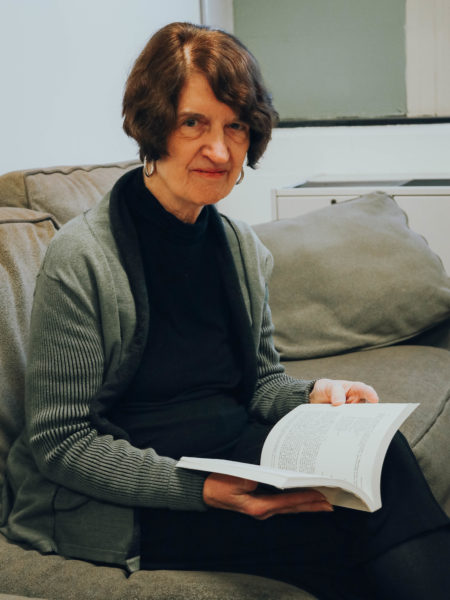By: Valerie Kazarian, Staff Writer
USM recognizes extraordinary contributions of its employees, usually upon retirement, through awarding the status of emeritus. At least fifteen years of service, contributions to a field of study, commitment to the university and to teaching and the respects of students and faculty are among the criteria considered as the university reviews granting this honor. Through a process of nomination and committee review, the status is considered and granted. According to the 2018-2019 USM catalog, USM has so far granted emeritus status to one hundred ninety-six people, mostly retired faculty.
The awarding of emeritus status is meant to offer mutual benefits both to the recipient and to the university. The recipient receives the professional support necessary to continue the life of a scholar such as a professional working environment with an email address, phones, office and laboratory space and peer relationships. The school then maintains a continued relationship with an active, distinguished academic and scholar.
The additional benefits for the emeritus faculty beyond those granted to all retiring faculty include participation in convocations and graduations, library privileges, having a USM identification card, inclusion on university mailing lists, office and laboratory space and non-voting attendance at faculty meetings.
Those who are granted the status of emeritus must first be nominated by their academic department. The nomination is then reviewed at the college level through the Tenure and Promotion Committee. If the nomination is received favorably, it then proceeds to the dean, then the provost and finally the university’s president for approval.
An employee may nominate themselves directly to the Tenure and Promotion Committee. After review, which includes input from the appropriate department, the application is processed just like those applications that are not self-nominated. To those who otherwise qualify, USM offers the status of Distinguished Retired Professor (DRP) or Distinguished Retired Associate Professor (DRAP). The DRP are awarded all benefits of the emeritus professor as well as parking privileges, access to the services of the Grants Office, and preference when requesting office, laboratory, phone and teaching opportunities.
Some emeritus professors choose to remain active in the USM community teaching and doing research. Professor Nancy Gish began teaching in the English department in 1979. After a distinguished career in 20th-century British and American literature, 20th-century poetry, theory and women’s studies scholarship, she retired in 2015. However, Gish continues to teach, write and attend professional conferences.
Gish wanted to continue her work in academics because it’s what she loves to do, she said. “I have more time to write and think and read,” she said. Being retired but continuing to teach and do research part-time is a good fit for her, said Gish. “I think my students here are heroic,” Gish says. “They work long jobs, drive long distances, raise families – all while studying and caring about ideas.”
“As much as I love just sitting with a book and a fire and my cats, I cannot imagine not wanting to have conversations with wonderful USM students and faculty,” she said.
Mark Lapping retired in 2015 after teaching in policy and management since 1994, but like Gish, continues to teach at USM. “I continue to teach a course when there is a need for someone to offer a course in their subject matter expertise,” Lapping said.
This semester Lapping is teaching a course on land use planning for the Geography/Anthropology department. Lapping is working on two books in addition to his teaching.

